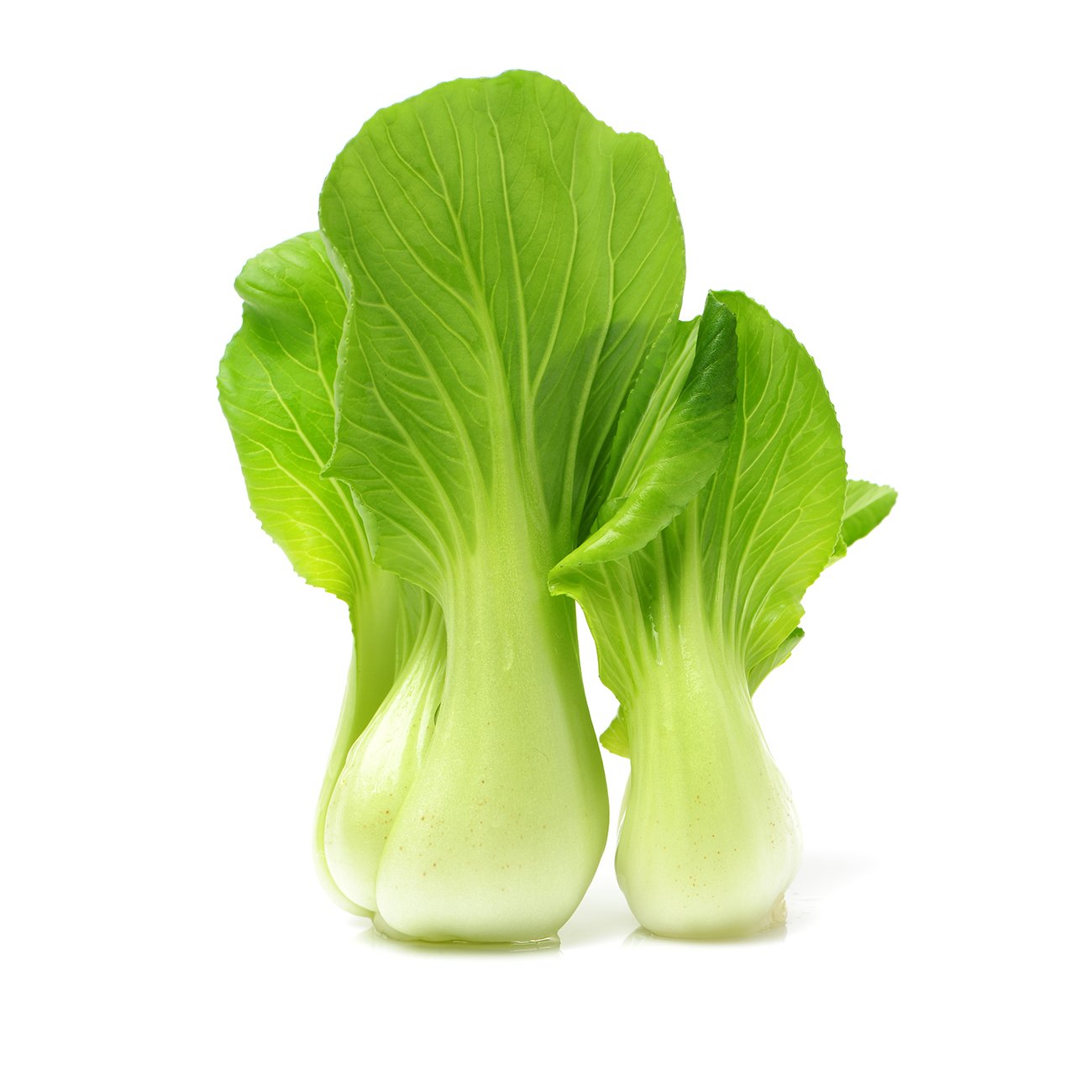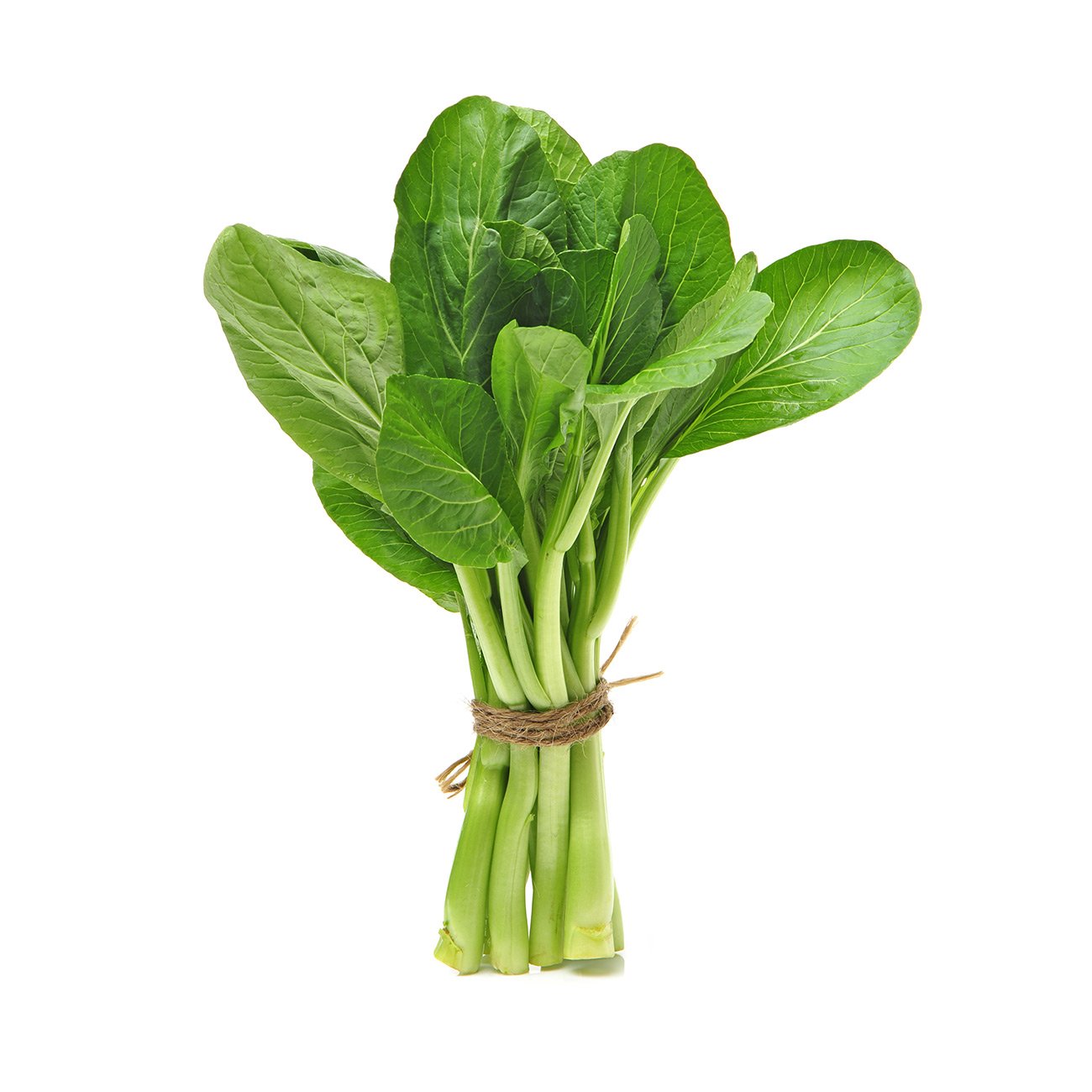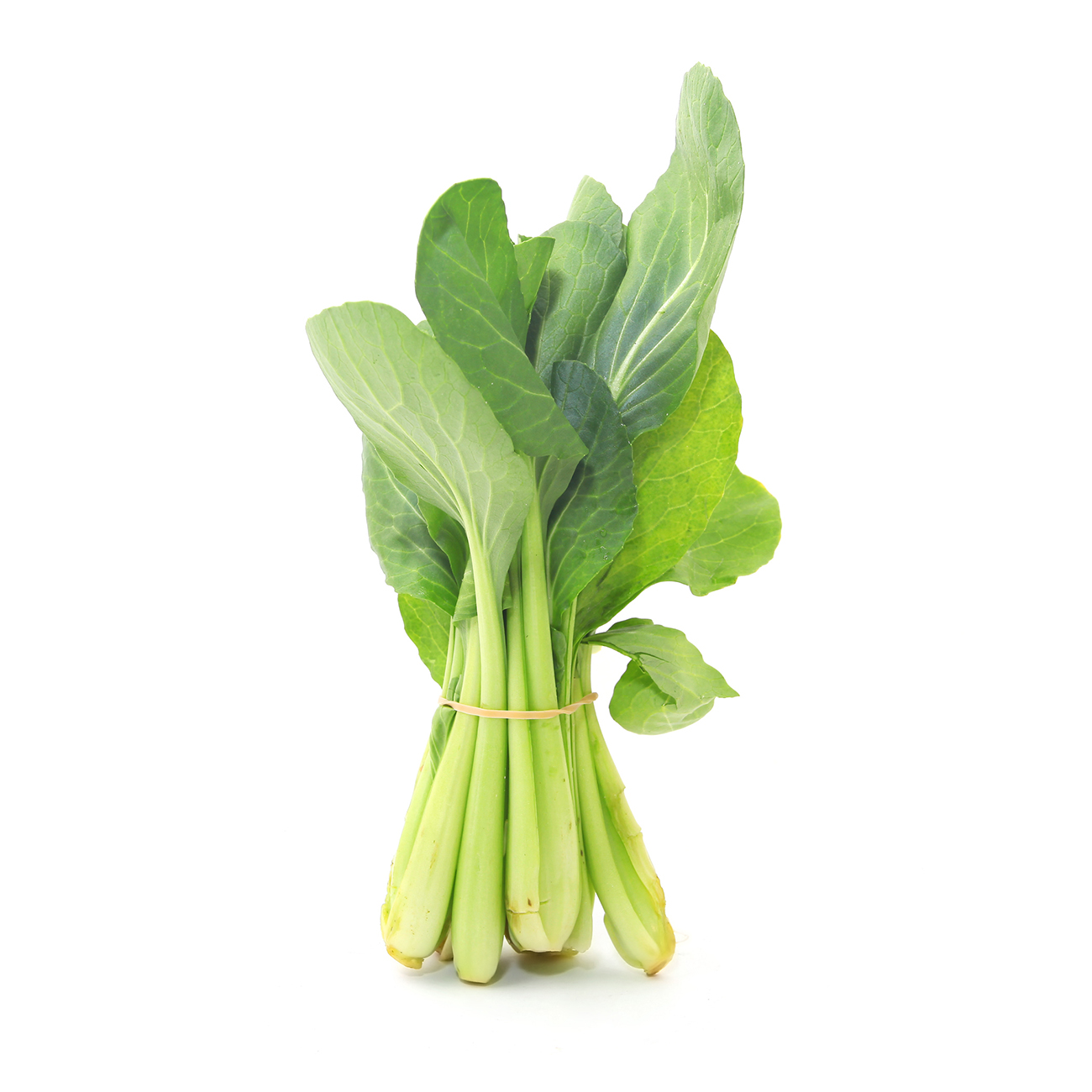Bok choy
A Chinese vegetable to liven up your stir-fries.
Alternative Name
Pak choi, Bok choi, Pak choye, Chinese cabbage, Chinese chard, Chinese mustard, Chinese savoy, celery mustard, spoon cabbage, Taatsai, caisin
Scientific Name
Brassica rapa chinensis
Health benefits
Bok choy has white to pale green coloured stems, with rounded, dark-green leaves. The stems have a texture similar to celery, while the leaves are similar to spinach. Both the leaves and the stems are eaten, usually in Asian vegetable dishes or stir fries. It has a slight mustard flavour. This vegetable is a member of the brassica—or cabbage—family, also known as a cruciferous vegetable.
-
Harvesting
Bok choy has thick, firm stalks and glossy, dark green leaves. Harvest early in the day or when cool. Remove any damaged or yellow leaves.Postharvest storage temperature
Optimal storage is 0–1°C. It may be hydro-cooled, room cooled or top iced. Avoid freezing. For temporary storage, a temperature of <2°C is recommended. Leaf yellowing occurs at higher temperatures. Long term storage is not recommended.Controlled atmosphere storage
Brassica vegetables respond well to modified atmospheres. In storage, minimise air circulation to limit water loss, remove excess carbon dioxide and maintain oxygen levels.Ethylene sensitivity
Avoid ethylene exposure as it decreases the shelf life of all green, leafy vegetables, although varieties differ in sensitivity.Humidity storage
Store at 95–100% relative humidity.Disease & infection
Bacterial decay can arise from various soft-rot causing organisms, but more often from physical injury. Less common are fungal pathogens, which occur under rainy and cool growing conditions. -
Do not peel. Keep in vegetable drawer of fridge.
Nutrition information
| Qty per serve | % RDI per serve | Qty per 100g | |
|---|---|---|---|
| Energy | 61 kJ | 1% | 81 kJ |
| Protein | 2.0 g | 4% | 2.6 g |
| Fat, total | 0.2 g | 0% | 0.2 g |
| – saturated | 0 g | 0% | 0 g |
| Carbohydrate | 0.5 g | 0% | 0.6 g |
| – sugars | 0.5 g | 1% | 0.5 g |
| Dietary fibre, total | 1.8 g | 6% | 2.4 g |
| Sodium | 44 mg | 2% | 59 mg |
| Folate | 30 µg | 15% RDI | 40 µg |
| Vitamin B6 | 0.39 mg | 24% RDI | 0.52 mg |
| Vitamin C | 14 mg | 34% RDI | 18 mg |
| Vitamin K | 35 µg | 43% ESADDI | 46 µg |
Note: % RDI are based on an average adult diet of 8700 kJ. Your daily intakes may be higher or lower depending on your energy needs. RDI = Recommended Dietary Intake; ESADDI = Estimated Safe and Adequate Daily Dietary Intake.

You might also like
Veggy tip
With full-sized bok choy, wash and separate leaves from stalks, as thick stalks have a longer cooking time. It's best to cook for as little time as possible to maximise nutrients.




